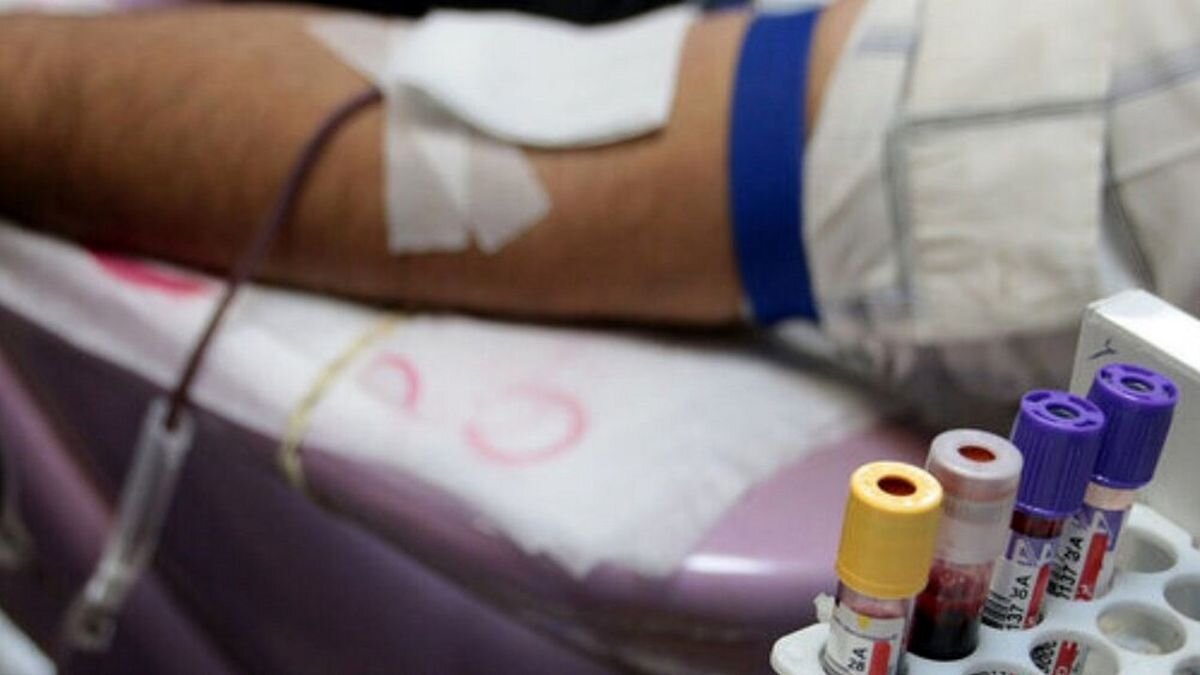Budget to support patients with rare diseases to increase

TEHRAN –The health ministry plans to increase the budget allocated to support patients with rare diseases, an official with the health ministry has said.
Amir-Hesam Alirezaei made the remarks on the occasion of World Hemophilia Day, which is commemorated every year on April 17.
Hemophilia is usually an inherited bleeding disorder in which the blood does not clot properly and mostly affects males.
It is estimated to occur in about 1 of every 5,000 male births. People with hemophilia have low levels of proteins called clotting factors that help to stop bleeding.
The disease can result in spontaneous bleeding within joints leading to chronic joint disease and pain, bleeding in the skin, head, and brain which can cause seizures and paralysis. It can also lead to excessive bleeding following injuries or surgery.
Death can occur if the bleeding cannot be stopped or if it occurs in a vital organ such as the brain.
This year it is celebrated under the theme of ‘Equitable access for all: recognizing all bleeding disorders’.
It stresses treatment for all, a world where all people with inherited bleeding disorders have access to care, regardless of their type of bleeding disorder, gender, age, or where they live.
Currently, some 14,000 hemophilia patients are registered in the country, 5,500 of them have hemophilia A, characterized by deficiency in factor VIII; 1,892 have von Willebrand disease (VWD), and 1,200 have hemophilia B resulting from deficiency of clotting factor IX, ISNA quoted Alirezaei as saying.
The disease is mostly prevalent in the cities of Tehran, Mashhad, Shiraz, Isfahan, Ahvaz, and Zahedan.
Fortunately, there are enough domestically-made medicines for hemophilia A and B, the quality of which is approved by the Food and Drug Administration.
Clotting factors are 100 percent covered by insurance. The coverage of HEMLIBRA, used for treating severe hemophilia A patients, through insurance is on the agenda, Alirezaei added.
Currently, 78 blood transfusion departments in state hospitals are providing factor injection services and other routine services and specialized tests such as factor level and inhibitor; rehabilitation; and dentistry in special departments, to improve the life quality of the patients, he further noted.
442 rare diseases identified in Iran
A total of 442 rare diseases have been identified in the country according to a recent report by the Rare Disease Foundation.
The incidence of rare diseases is very low to the extent that maybe one or two people with a certain rare disease are present in the country. Some rare diseases such as ‘butterfly skin or EB’, ‘Spinal muscular atrophy (SMA)’, ‘Metabolic diseases’, ‘Autism’, and ‘Dystrophies' are among the most common cases in the country. A sum of 50 trillion rials (about $100 million) was allocated in the past Iranian calendar year that ended on March 20, 2023, IRNA reported, adding that the figure rose to 70 trillion rials this year.
Considering the number of patients identified, the needed medicines, and medical tools, a sum of 150 to 180 thousand trillion (about $300 million) is expected to be allocated for the current Iranian calendar year, beginning on March 21.
MT/MG
Leave a Comment